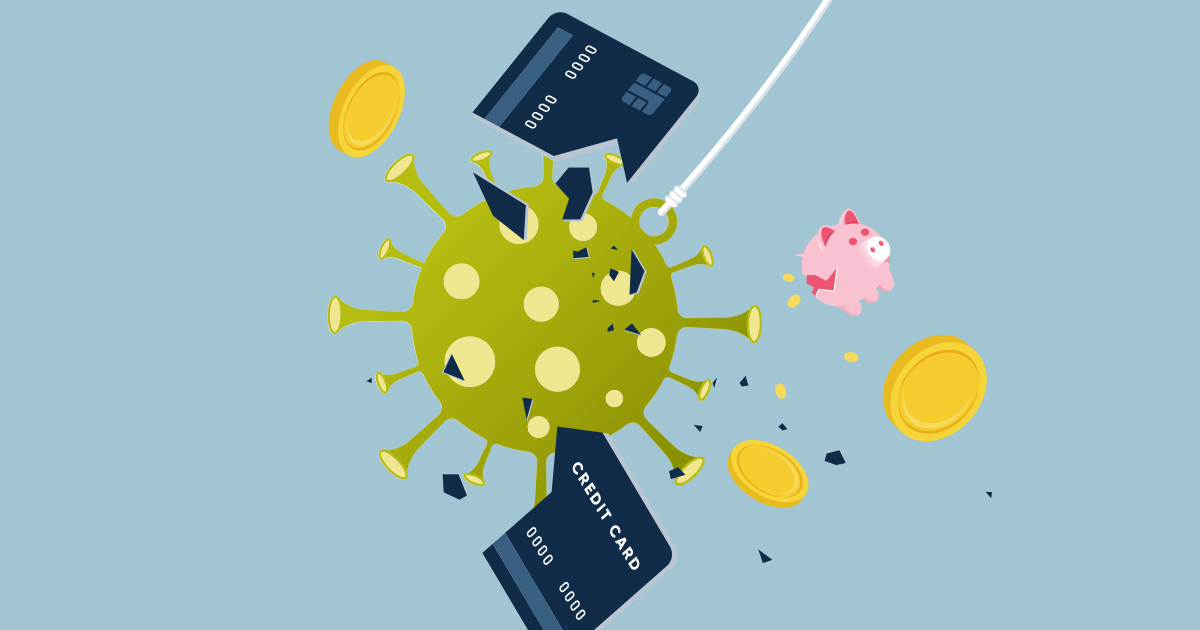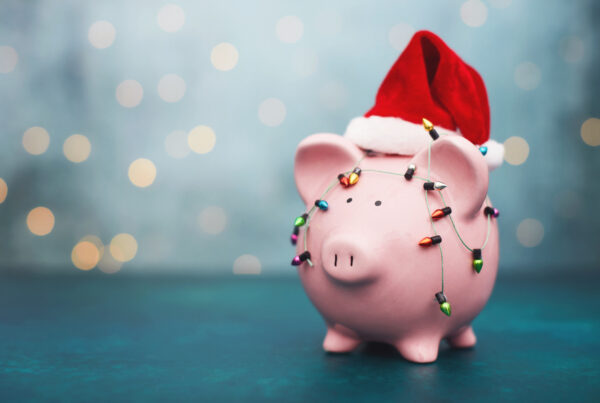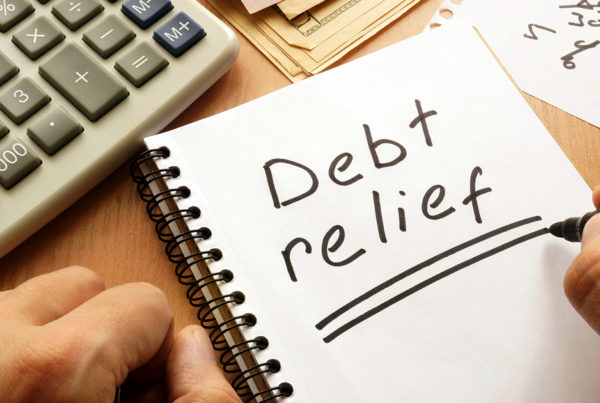In a very short time, the coronavirus has changed so much about our lives. People are working, studying, shopping and interacting in ways we would not have predicted even a year ago. At the same time, millions of Americans have suffered a loss of income they could not have seen coming. Pay cuts, reductions in work hours and outright layoffs are rippling through a retracting economy as stay-at-home orders across the U.S. forced businesses and other organizations to close their doors.
At the same time, in the year before the coronavirus pandemic’s arrival, U.S. household debt saw its largest increase in 12 years, and the first quarter of 2020 also saw an increase in household debt. Between the growth of household debt and a crisis that seemed to come out of nowhere, a lot of folks are being pinched in the middle and need to learn how to manage their debt through and after a crisis.
Dealing with Debt in the Wake of the Coronavirus Pandemic
If you’ve found yourself, like so many other Americans, in a tight spot made even tighter as a result of the COVID-19 crisis, don’t give up hope. In fact, now is the time to use hope to your advantage, because there are steps you can take, even in tight times, to effectively and proactively deal with debt—to achieve a better long-term financial outlook and a stronger position when things start looking up again. And you don’t necessarily need to get involved in a formal debt management program. You can DIY your debt repayment plan!
That’s right—now is as great a moment as any to take control and get on top of your debt, before it spirals beyond your ability to manage it. With a serious commitment and a sharp focus, you can take control without resorting to extreme measures like debt settlement or putting yourself at risk for potential debt scams. And with COVID-19 curbing spending opportunities like shopping, travel and large events, there’s no time like now to buckle down. In just a few steps, you can get organized and start dealing with your debt.
- To manage your debt, you need to know what you owe.
First, create a list of creditors, your balance with each, your interest rate and your payment schedule. This will not only give you your whole debt picture in one place, but it will also help you make decisions about how to attack and eliminate your debt over time. This is also a good opportunity to outline your monthly bills to see if there are any areas you could cut or reduce your expenses (like maybe going from three TV subscription services to one).
- Act quickly.
As soon as you know your income will be affected, contact creditors to explain the coronavirus’s impact on your ability to pay. Ask about options for financial relief. The better you understand your options, the more choices you will have and the more tools at your disposal to help you manage your debt. For example, some automotive lenders and others have extended 90-day payment deferments for customers affected by the coronavirus crisis. Now is also a good time to explore lower interest rates for balance transfers or other payment options that can help you create a plan and tackle your debt over time. If you lower your interest rate and continue making the same monthly payment, a greater amount that payment goes toward the principal balance of your loan, moving you faster toward a payoff.
- Make payments on time.
On-time payment history is one of the biggest contributing factors to your credit score. Payments reported 30 days late or more hurt your score—so if you’re already late, but within that 30 days, pay up now before it can be reported. Even if you can only pay the minimum, don’t stop making your payments on time. If you need another reason to pay on time, consider the impact of late fees on your overall budget and ability to manage your debt. Automating minimum payments can eliminate the risk of paying late and owing extra penalties or fees.
- Choose a debt prioritization and payoff strategy.
For some people the math points to a simple tactic: pay off higher-interest loans first. This is called the debt avalanche method, and it’s useful because it minimizes the burden of compounding interest on your overall payments. Using this approach, you make minimum payments on all but your highest-interest credit. Once you’ve zeroed out the first balance, you move on to the second-highest interest rate, and so on down the line.
Discouraged by the size of those balances? You don’t have to be. Maybe a different strategy is better for dealing with your debt: the debt snowball method. In this approach, little wins have big power; you pay the minimum on all but the smallest loan balance first. Once you’ve knocked out the first loan, you move that extra payment to your next smallest balance, and work your way up until they’re all paid off.
- Don’t take on unnecessary new debt.
As you work your way through any debt management effort, your credit score may improve, and that makes you a fresh target for—you guessed it!—consumer lenders like credit card companies. Try to keep in mind that those enticing introductory rates may have led you into a debt spiral in the first place. Work your plan, and (in time) your plan will work!
- From now on, pay yourself first.
No, this doesn’t mean that once you’ve paid off your debts you should spend that money on new purchases and treats. Instead, make your future a line item in your new monthly budget, and save for it. Start by establishing an emergency fund, so you can cover sudden expenses without resorting to credit cards. Once your emergency savings account is healthy, focus on retirement goals and start factoring an automatic retirement savings deposit into your monthly budget. From there, you’ll be in a strong financial position when the next crisis comes around, and you’ll be able to make future decisions about using debt to achieve your financial goals. You’ll be in control of your debt, and not the other way around!







